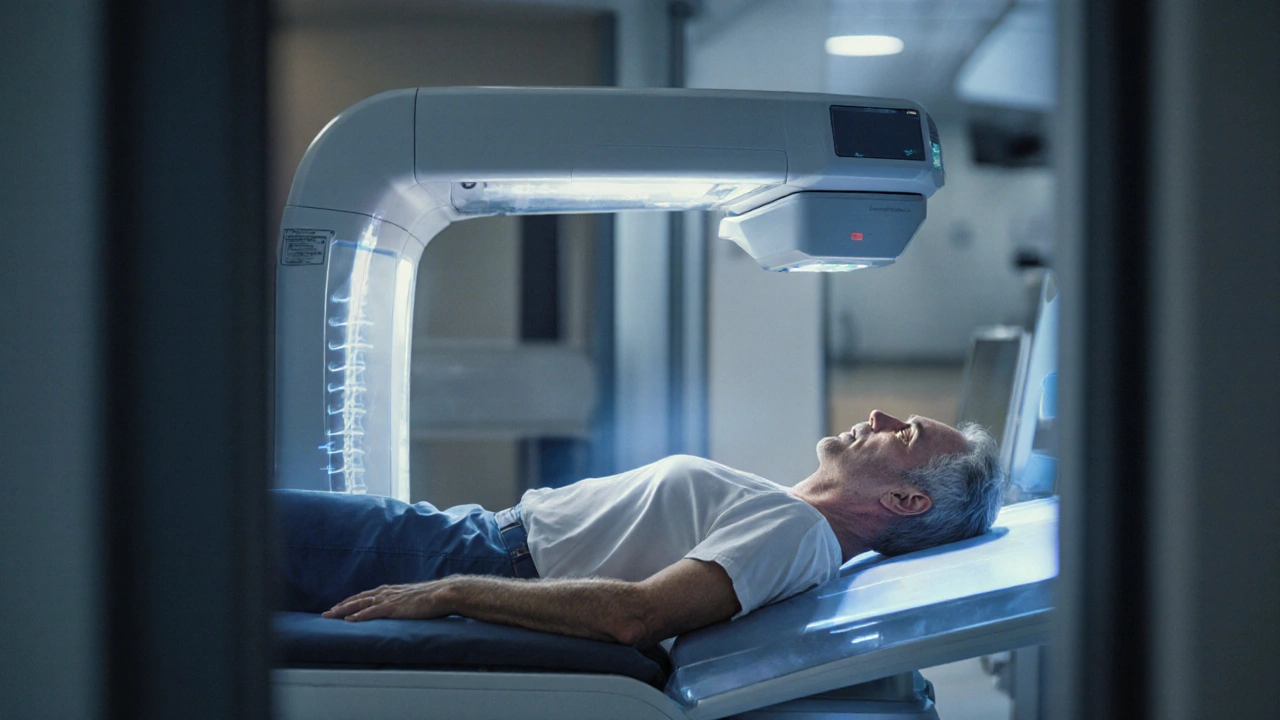Fracture Risk: Understanding What Affects Your Bones
When talking about Fracture Risk, the likelihood of a bone breaking due to trauma, disease, or weakened bone structure. Also known as bone fracture probability, it helps doctors decide who needs extra screening or lifestyle changes, you quickly see that it isn’t just a random event. It encompasses bone density loss, the chance of a fall, and the impact of certain drugs. In short, the higher your fracture risk, the more you should pay attention to the factors that push it up.
Key Factors That Drive Fracture Risk
First off, Osteoporosis, a condition where bones become porous and fragile is the single biggest internal driver. Even a mild bump can turn into a break when bones have lost mineral content. Age amplifies this effect, especially after 65, because bone remodeling slows down. Next, Fall Prevention, strategies and habits that reduce the chance of losing balance matters just as much. A sturdy shoe, good lighting, and simple home modifications can cut the odds of a fall‑related fracture in half. Finally, Medication‑Induced Bone Loss, side effects from drugs like SSRIs, proton‑pump inhibitors, and some antihypertensives that weaken bone plays a hidden role. A patient on long‑term sertraline or omeprazole might not realize these pills shave away bone density over years.
These three entities interact in predictable ways. For example, a senior with osteoporosis who also takes a high‑dose SSRI is doubly exposed: the disease lowers bone strength while the drug hampers calcium absorption, raising fracture risk dramatically. Likewise, someone who’s overly cautious about falls but ignores medication reviews may still end up with a break because the drug‑related bone loss isn’t addressed. That's why a comprehensive approach—checking bone scans, reviewing prescriptions, and fixing fall hazards—creates the strongest defense.
Beyond the big picture, lifestyle tweaks can buffer against the risk. Adequate calcium (1,000‑1,200 mg daily) and vitamin D (800‑1,000 IU) are the nutritional backbone. Weight‑bearing exercises like walking or light resistance training stimulate bone formation, while quitting smoking and limiting alcohol keep bone turnover balanced. If a doctor spots high fracture risk, they might prescribe bisphosphonates or denosumab, but those treatments work best when paired with the habits mentioned above.
In the collection below you’ll find deep dives on drugs that can tip the scales—antidepressants, PPIs, blood pressure meds—and practical guides on buying them safely online. You’ll also see articles on bone‑healthy supplements, fall‑proofing your home, and how specific health conditions like hypertension or diabetes intersect with fracture risk. Use these resources to map out your own risk profile and take concrete steps toward stronger, safer bones.
Why Bone Density Testing Is Crucial for Managing Paget’s Disease
Learn why bone density testing is essential for Paget's disease, how DXA scans guide treatment, and practical steps to reduce fracture risk.

